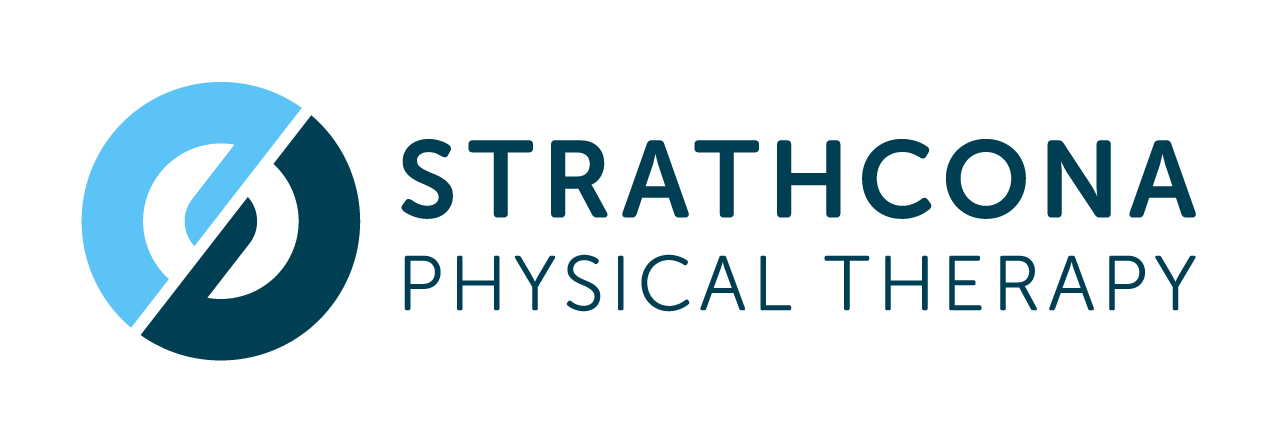Understanding the Rhomboids Muscle: Key to Shoulder Stability
When it comes to maintaining shoulder health and stability, the role of the rhomboids muscle is often understated. Nestled between the shoulder blades, this muscle group plays a pivotal role in stabilizing the shoulder joint, ensuring smooth and safe movement. In this blog post, we'll delve into the anatomy of the rhomboids, their function, and why they are crucial for shoulder stability.
Anatomy of the Rhomboids
The rhomboids muscle group, located in the upper back, consists of two muscles: the rhomboid major and the rhomboid minor. These muscles originate from the spinal column (specifically the vertebrae) and attach to the medial border of the scapula, or shoulder blade. Their unique positioning allows them to act as a bridge between the torso and the shoulders.
Function of the Rhomboids
The primary function of the rhomboids is to retract the scapula, pulling it towards the spine. This action is essential in movements like squeezing the shoulder blades together. Additionally, the rhomboids help in elevating the scapula (as in shrugging) and rotating it downwards. These movements are crucial for proper shoulder mechanics, especially during overhead activities.
Importance for Shoulder Stability
Maintaining Scapular Stability: The rhomboids play a key role in stabilizing the scapula against the thoracic wall. This stability is essential for the proper function of the shoulder joint, as the scapula forms part of the socket for the humeral head (upper arm bone).
Preventing Injuries: Weak or imbalanced rhomboids can lead to scapular dyskinesis, a condition where there's abnormal movement of the scapula. This can increase the risk of shoulder injuries like rotator cuff tears or impingement syndromes.
Enhancing Posture and Alignment: Strong rhomboids contribute to better posture by counteracting the forward shoulder and head posture that's common in people who sit for long periods or engage in activities involving forward arm movement.
Improving Athletic Performance: Athletes, especially those involved in throwing sports or activities requiring overhead motions, benefit from strong rhomboids. These muscles contribute to the stability and power necessary for optimal performance.
Conclusion
The rhomboids are more than just another muscle group in the upper back; they are fundamental to maintaining shoulder stability and preventing injuries. Regularly incorporating exercises that target these muscles can lead to improved posture, enhanced athletic performance, and a reduction in shoulder problems. Remember, when it comes to shoulder health, don't overlook the power of the rhomboids!
References:
Anatomy & Physiology by OpenStax (2013): A comprehensive resource for understanding the anatomical structure and function of the rhomboids muscle. This textbook is frequently updated online, with the 2013 edition being the starting point.
“Kinesiology of the Musculoskeletal System: Foundations for Rehabilitation” by Donald A. Neumann (2016, 3rd Edition): This book offers detailed insights into the biomechanics of the rhomboids and their role in shoulder stability.
Journal of Orthopaedic & Sports Physical Therapy: This journal provides ongoing research articles and studies, with a history dating back several decades. It's advisable to look for articles from the past five years for the most current research (2019-2024).
"Clinical Anatomy by Regions" by Richard S. Snell (2012, 9th Edition): A medical textbook that gives an in-depth look at the regional anatomy of the back, including the rhomboids.
American Journal of Physical Medicine & Rehabilitation: Features studies and clinical findings on the role of rhomboids in maintaining shoulder health and preventing injuries. For the most recent studies, focus on articles published within the last five years (2019-2024).
